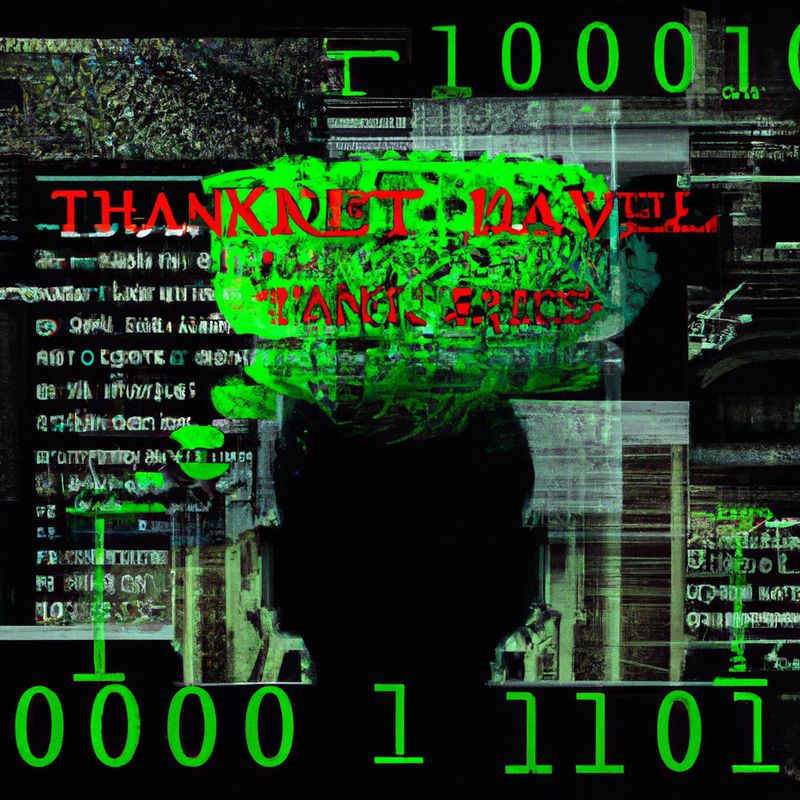The Potential of Artificial Intelligence to Transform Education

The potential of artificial intelligence (AI) to transform education is immense. AI-driven technologies are already being used in classrooms across the world, and the possibilities are growing rapidly. AI is revolutionizing how we teach and learn, from personalized learning to automated grading, and from virtual reality to automated tutoring. In this article, we’ll explore the potential of AI to revolutionize the way we learn, and how it can be used to improve the quality of education.
What is Artificial Intelligence?
Artificial intelligence (AI) is an umbrella term that refers to computer systems that are designed to think and act like humans. AI-driven technologies use algorithms and data to solve complex problems. AI can be used to automate tasks, such as grading tests, or to provide personalized learning experiences. AI can also be used to provide insights into student performance, such as which areas need improvement, and to provide feedback on how to improve.
The Benefits of AI in Education
AI has the potential to revolutionize education in a number of ways. AI can be used to automate tasks such as grading tests or providing feedback on student performance, freeing up teachers to focus on more meaningful tasks. AI can also be used to provide personalized learning experiences, allowing students to learn at their own pace and in their own way. AI can also be used to provide insights into student performance, such as which areas need improvement, and to provide feedback on how to improve.
AI-Driven Personalized Learning
One of the most exciting potential applications of AI in education is personalized learning. AI-driven personalized learning can provide students with a tailored learning experience that is tailored to their individual needs. AI-driven personalized learning systems can track student progress and provide feedback on how to improve. AI-driven personalized learning systems can also provide students with personalized learning paths, allowing them to learn at their own pace and in their own way. AI-driven personalized learning systems can also be used to provide insights into student performance, such as which areas need improvement, and to provide feedback on how to improve.
AI-Driven Automated Grading
AI can also be used to automate the grading process. AI-driven automated grading systems can grade tests and assignments quickly and accurately, freeing up teachers to focus on more meaningful tasks. AI-driven automated grading systems can also provide insights into student performance, such as which areas need improvement, and to provide feedback on how to improve.
AI-Driven Virtual Reality
AI-driven virtual reality (VR) can also be used to revolutionize the way we learn. AI-driven VR can provide students with immersive learning experiences, allowing them to explore virtual worlds and engage in activities that would otherwise be impossible. AI-driven VR can also provide insights into student performance, such as which areas need improvement, and to provide feedback on how to improve.
AI-Driven Automated Tutoring
AI-driven automated tutoring systems can also be used to revolutionize the way we learn. AI-driven automated tutoring systems can provide personalized learning experiences, allowing students to learn at their own pace and in their own way. AI-driven automated tutoring systems can also provide insights into student performance, such as which areas need improvement, and to provide feedback on how to improve.
The Future of AI in Education
The potential of AI to transform education is immense. AI-driven technologies are already being used in classrooms across the world, and the possibilities are growing rapidly. AI is revolutionizing how we teach and learn, from personalized learning to automated grading, and from virtual reality to automated tutoring. As AI continues to develop, we will see more and more applications of AI in education, and the potential to revolutionize the way we learn.
